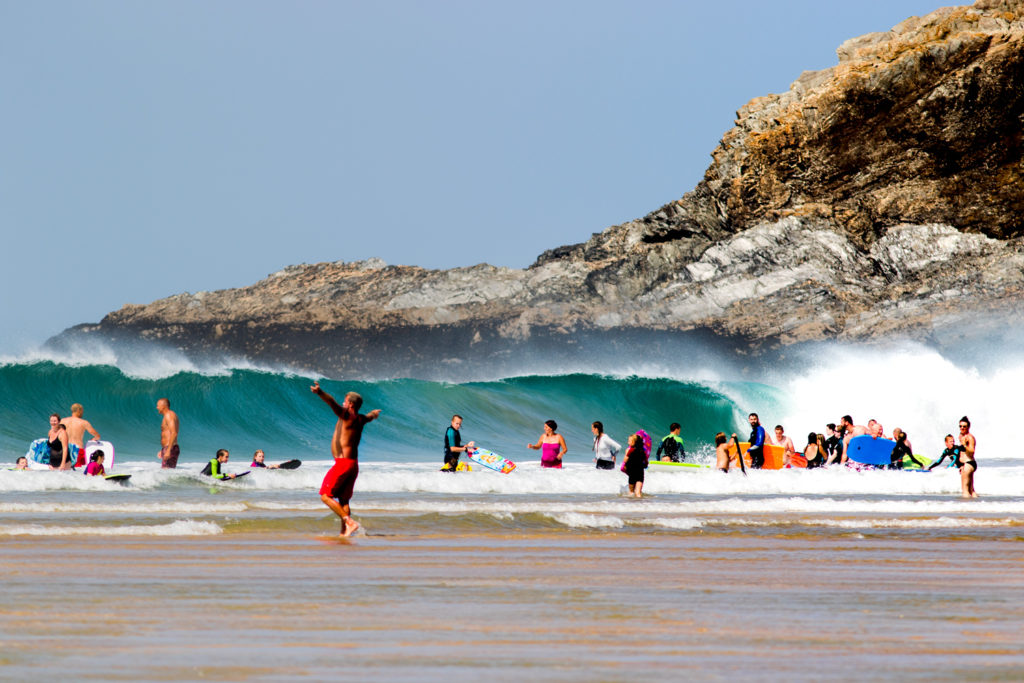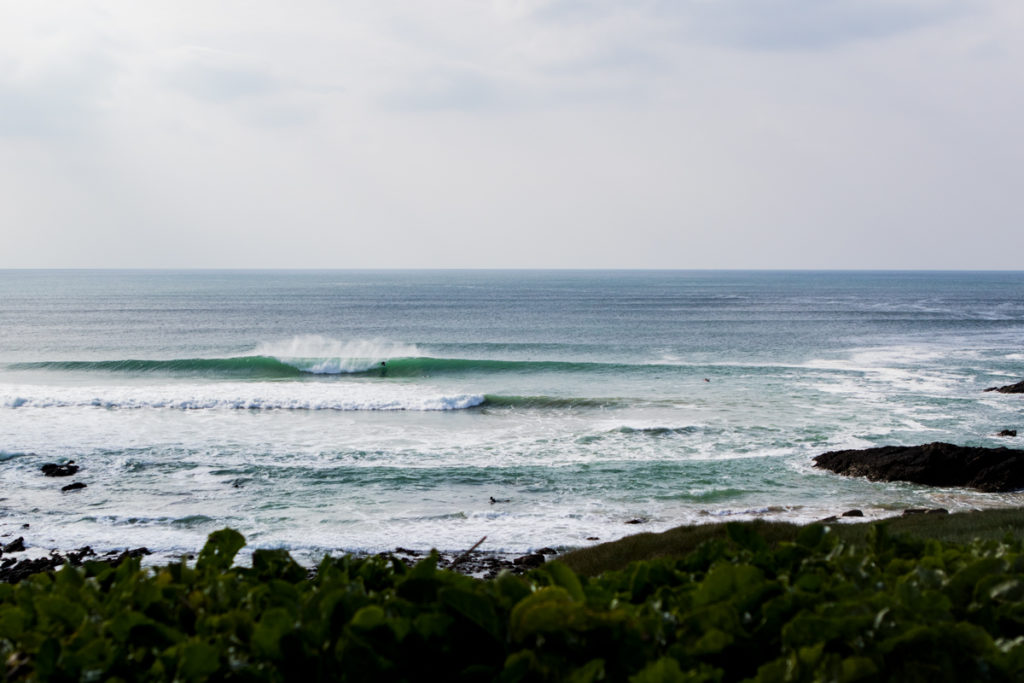[In support of the RNLI and HM Coastguard’s #BeBeachSafe campaign we’re sharing a series of simple guides geared towards surfers on how to keep yourself and others safe from dangerous rip currents. View the whole series here.]
According to senior lifeguard Pete Geall, who has done stints on surfing beaches all over west Cornwall, it’s a common misconception that its bathers with no water skills who most often get into difficulties.
In fact, he says out of all water users, it’s surfers and bodyboarders who need rescuing the most. “It’s often when people have gone into larger surf than they’re used to,” he elaborates. “It doesn’t matter who you are, everyone has their comfort zone and when people push that, we end up going to get them out of rips.”
The best way to avoid this is by arming yourself with the knowledge you need to pick a spot and conditions that suit your abilities. Of course, the best place to start is by heading to a lifeguarded spot and following the RNLI’s most liberally doled out advice, to stay between the flags.

But beyond that, there are a few telltale signs on a surf forecast worth looking out for that suggest dangerous rips are likely. When a long period swell (around 10 seconds or more) combines with big tides (more than 6.5m at high) at exposed beaches, there’ll be lots of water moving and strong currents are likely to form. In Pete’s experience, the first hour of the pushing tide on such days is particularly dangerous.
A building swell (where the height or period increases quickly throughout the day) also poses a risk, as conditions can look fine when you rock up, but might suddenly jump in size and power once you get out there.
None of this is to say that there can’t still be dangerous rips on smaller, shorter period days that can cause problems for beginner surfers. It’s more an indication that, on the sliding scale of dangerous factors, these are the ones that are likely to pose a risk to even fairly experienced water users.
In terms of choosing where to surf, there are certain coastal features most likely to produce rips that are worth avoiding on bigger, longer period days if you’re not an experienced surfer. Anywhere a river flows out into the sea, for example, or right next to headlands that extend out from either side of a bay.

Most of Britain’s surfable coastlines offer lots of variety in terms of shelter from different swells and winds. If it’s too big at swell exposed beaches, asked the lifeguards or a friendly local surfer if they can suggest an alternative lifeguarded beach with more mellow waves. The chance are there will be one pretty close by.
Read next: How To Spot A Rip: A Simple Guide For Surfers
Cover photo: @lugarts





Recent Comments